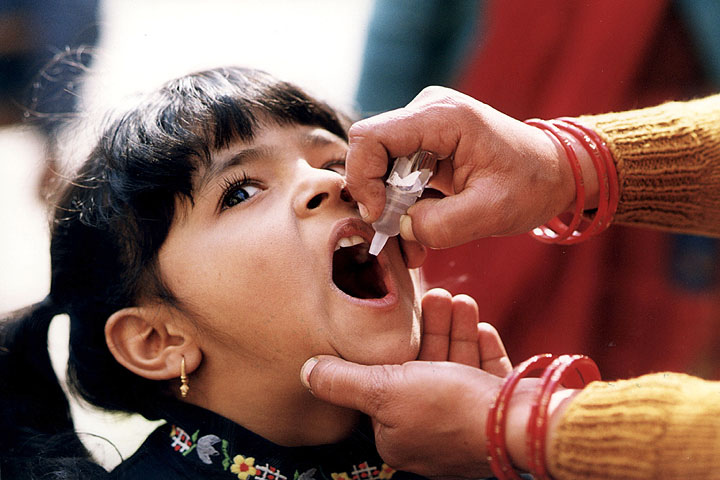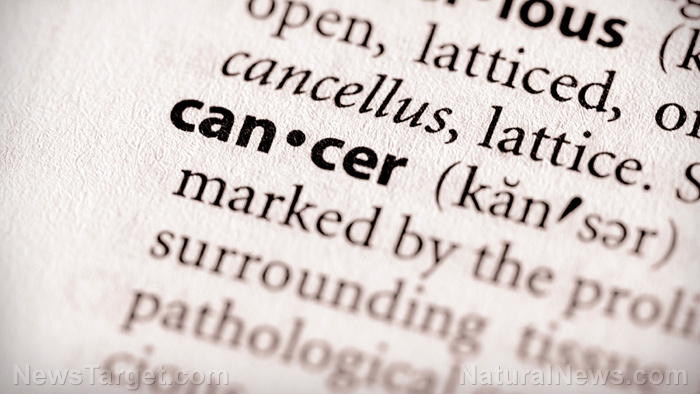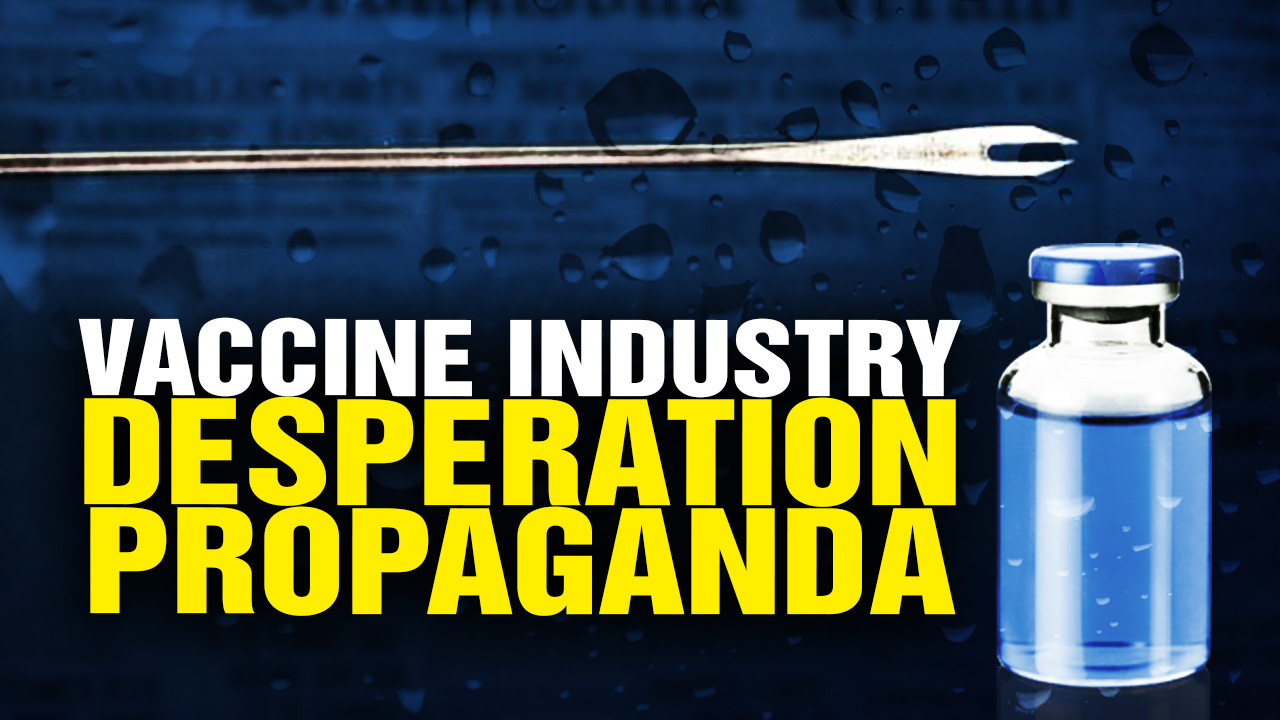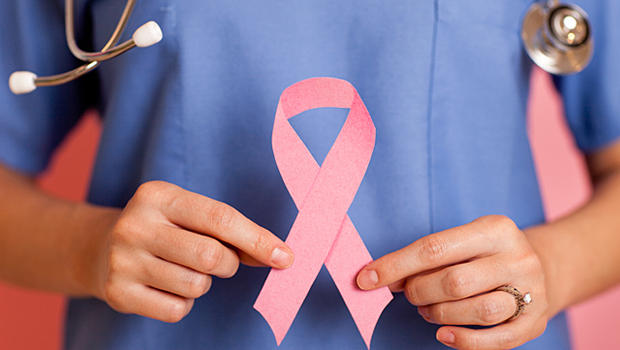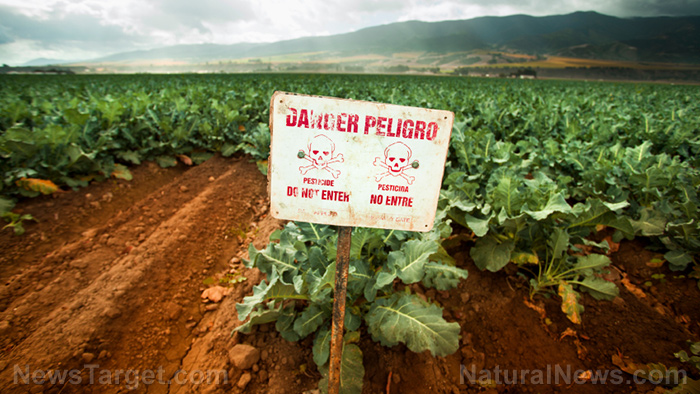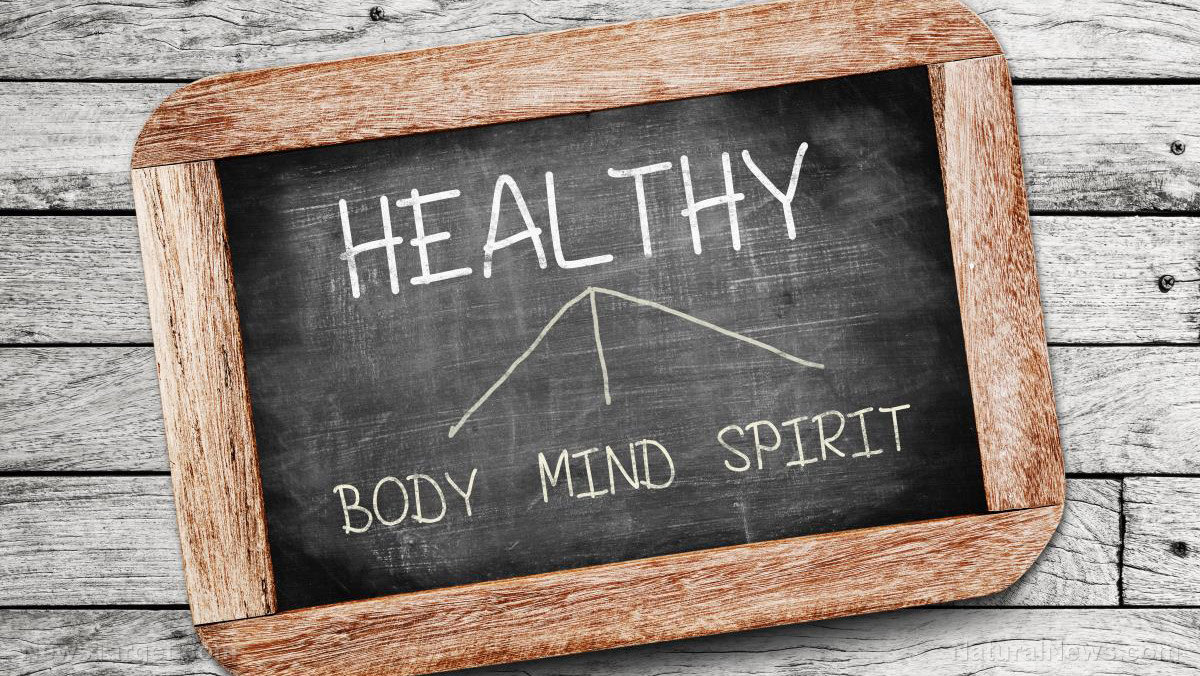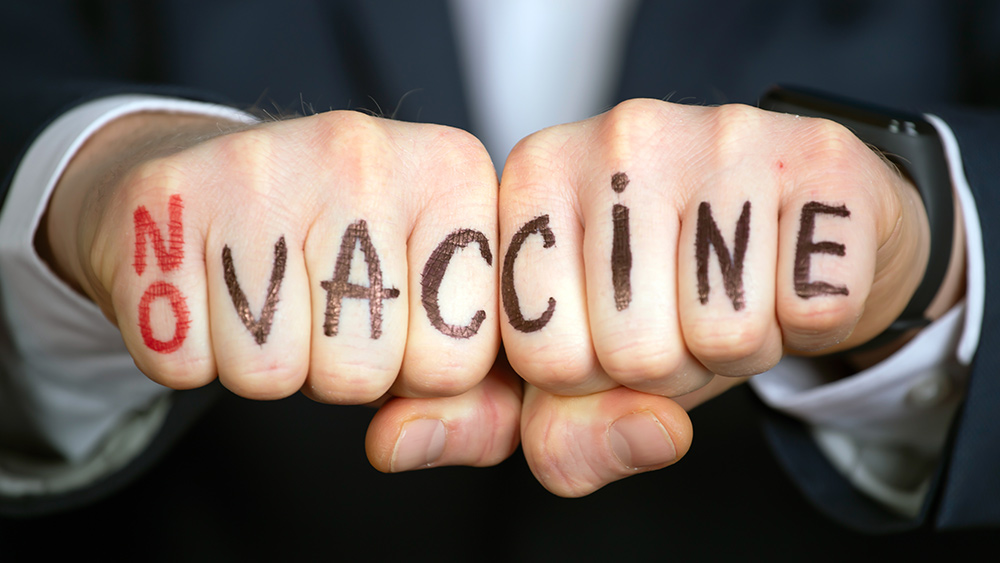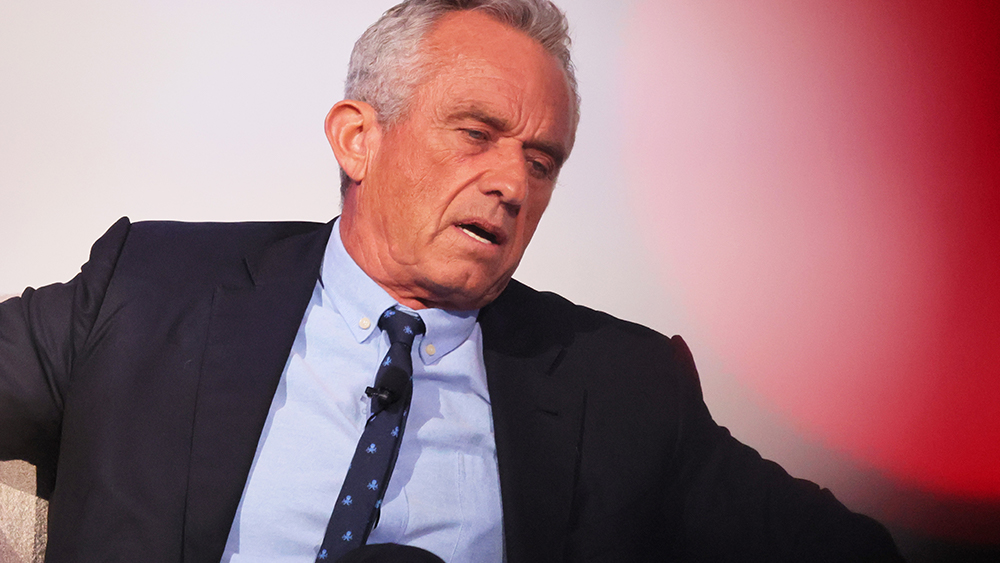Toxic wildfire smoke from NJ forces 10 million New Yorkers indoors as air quality crisis worsens
04/25/2025 / By Cassie B.

- New York City and surrounding areas are under an activity-critical air quality crisis due to wildfire smoke from New Jersey.
- The fire has consumed 15,000 acres and is only half contained, despite firefighting efforts.
- The smoke contains harmful PM2.5 particles and cancer-causing chemicals that threaten public health.
New York City and surrounding areas are under an unprecedented air quality emergency as toxic smoke from a raging New Jersey wildfire blankets the region, threatening the health of over 10 million residents.
The Jones Road fire in Ocean County, NJ, blazing since Tuesday, has consumed more than 15,000 acres and remains only 50% contained, with officials warning containment may not occur until weekend rain arrives. The New York State Department of Environmental Conservation issued a severe health advisory for Thursday, urging residents to stay indoors as fine particulate matter (PM2.5) saturates the air at levels dangerous enough to trigger asthma attacks, heart complications, and long-term cancer risks.
A toxic health crisis unfolding
The wildfire smoke carries a lethal payload of microscopic PM2.5 particles and cancer-causing polycyclic aromatic hydrocarbons (PAHs), which penetrate deep into the lungs and bloodstream, causing both immediate and chronic health damage. According to reports, New York’s air quality index (AQI) has surpassed 100, a threshold at which sensitive groups like children, the elderly, and those with respiratory conditions face heightened risks. Symptoms include coughing, throat irritation, and breathing difficulties, but the long-term dangers are far more alarming.
The Environmental Protection Agency (EPA) warns that prolonged exposure to wildfire PM2.5 can trigger systemic inflammation, worsen cardiovascular disease, and even accelerate cognitive decline. Wildfire smoke contains cancer-causing chemicals, with airborne toxins capable of inducing genetic mutations linked to tumor growth. This is not just a temporary nuisance; it’s an assault on public health.
How officials are failing to protect the public
Despite the severity of the threat, government responses have been distressingly inadequate. While authorities advise vulnerable populations to limit outdoor activities, millions remain exposed to hazardous air with minimal safeguards. “When pollution levels are elevated, the New York State Department of Health recommends that individuals consider limiting strenuous outdoor physical activity,” reads a feeble National Weather Service (NWS) advisory—hardly a proportional response to an environmental disaster of this magnitude.
Even worse, the fire’s origin points to preventable human negligence. Investigators determined the blaze was sparked by an improperly extinguished bonfire, leading to charges against a 19-year-old suspect for aggravated arson. Yet, as dry conditions and high winds fueled the flames, officials failed to enact stringent fire prevention measures beforehand. Now, New Jersey has already seen nearly twice as many wildfires this year compared to 2024, burning through 16,500 acres—proof of escalating environmental mismanagement.
Protecting yourself in a poisoned atmosphere
To protect yourself during this air quality crisis, it is crucial to stay indoors and keep windows and doors closed while using air purifiers if possible. Avoid outdoor exertion, as physical activity increases the inhalation of toxic particles. It is advisable to monitor air quality by tracking real-time AQI updates through platforms like AirNow.gov. Additionally, wearing N95 masks provides the best filtration against harmful PM2.5 particles.
Yet, these measures are merely stopgaps. The deeper issue is a systemic failure to prioritize public health over bureaucratic inertia. While politicians dither, ordinary citizens are left breathing in known carcinogens with no meaningful intervention. As urban air pollution converges with wildfire smoke, the cumulative damage on lung and heart health becomes irreversible.
A wake-up call ignored
This is more than a bad air day; it’s a warning. For the millions currently advised to stay indoors, this crisis demonstrates that environmental preparedness can no longer be treated as optional—it’s become essential to protect our most vulnerable citizens. As Americans face dangerous air quality and health risks, communities need improved early warning systems, better firefighting resources, and clearer public health guidance.
Sources for this article include:
Submit a correction >>
Tagged Under:
Dangerous, disaster, Ecology, environ, New York, PM2.5, Public Health, toxic air, toxins
This article may contain statements that reflect the opinion of the author

